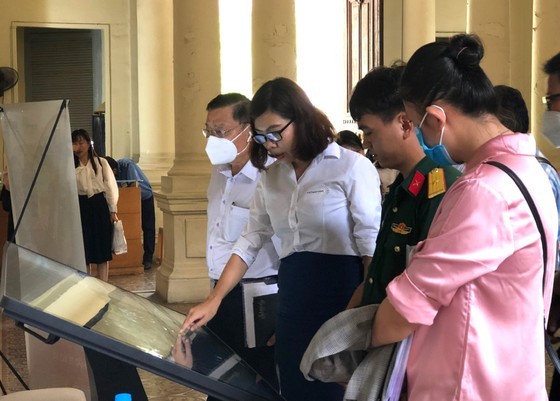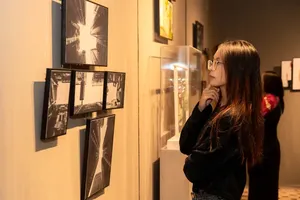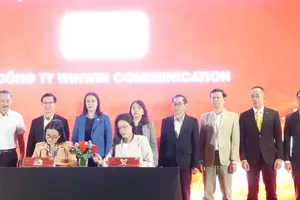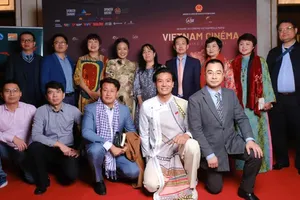
The Covid-19 pandemic has forced several museums globally to approach their visitors via online channels. Virtual museum tours have been created since 2020 by famous museums like Louvre (France), British Museum (the UK), Van Gogh Museum (Holland), State Hermitage (Russia).
In Vietnam, the first museum to go digital is Vietnam National Museum of History, turning many of its items to 3D objects on the cyber space. Via a computer monitor, smart phone, visitors can see these objects and even their cracks in great details.
Similarly, Vietnam National Fine Arts Museum has launched the app iMuseum VFA for distance visiting, with 8-hour guidance in 8 languages. Some parts in the app need a fee of VND45,000-50,000 (US$1.9-2.1) to access.
This virtual channel of museums seems promising in increasing their revenues. CEO of Vietsoftpro Hoang Quoc Viet shared that the income from virtual visits of museums around the world is quite impressive, yet this channel in Vietnam is still new and in the piloting period. The virtual museum can be integrated in various activities like arts or history lessons at school, brining mutual benefits for both the museum and learners as theoretical information becomes more vivid for studying and researching.
Sadly, in Vietnam, the revenue from this channel is rather unstable, and museums have to mobilize many resources to maintain their digital databases or continue digitizing their artifacts. It seems the gap between investment and income is still quite high.
Besides using marketing channels to let the public know about the virtual option, museums in the country need to invest more in the content to become more attractive. Poor and limited content with low-quality images is not able to urge visitors to enter any virtual museum for the second time. In contrast, rich informative content will leave a good impression in the mind of Internet users.
At present, many museums in Vietnam are concerned about the large investment in advanced technologies while their income in this aspect is not truly positive. Head of Vietnam National Museum of History Hoang Anh Tuan shared that technologies nowadays cannot trouble museums in the nation since there are many reliable solutions. It is the investment in human resources and equipment to digitize artifacts and operate, maintain these 3D sections that poses challenges to museums.
Other museums voice their worry that when virtual tours become more popular, the number of real visitors to museums will significantly decrease to even zero. There must be a measure to balance these visitor groups to bring the most benefits to museums.
However, CEO Viet stressed that digital transformation means welcoming and adapting to new features and changes. The first to be updated must be our thinking, the operation and management methods of museums. Then come models and digital solutions suitable for each museum type.
























